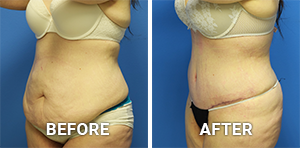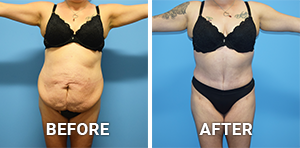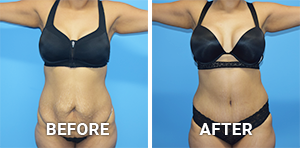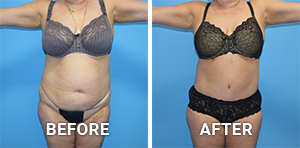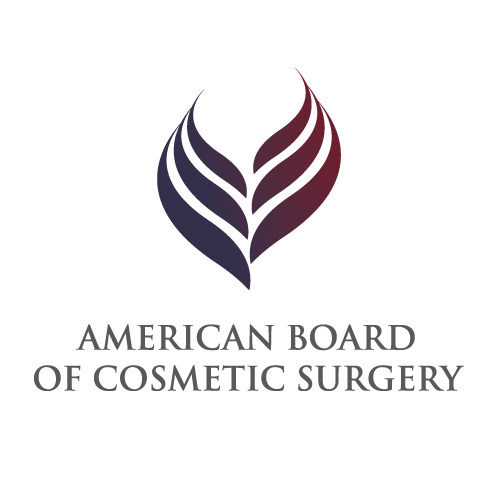Arm Liposuction
Conveniently located to serve the areas of Houston and Katy, TX
Liposuction for the arms is a body contouring procedure that will gently remove stubborn, excess fat from the upper arms to reveal a more lean aesthetic appearance. Contact us to schedule your private consultation with Dr. Ricardo Bonnor M.D., FACS. You can also call our office at (281) 579-5638 to speak with one of our helpful representatives.
Contents
Embrace Your Best Self
Liposuction is a surgery to shape and sculpt various target areas of the body. It is not a weight-loss procedure, but liposuction will remove persistent bulges of body fat in localized areas that are resistant to diet and exercise.
Does Liposuction Work on Arms?
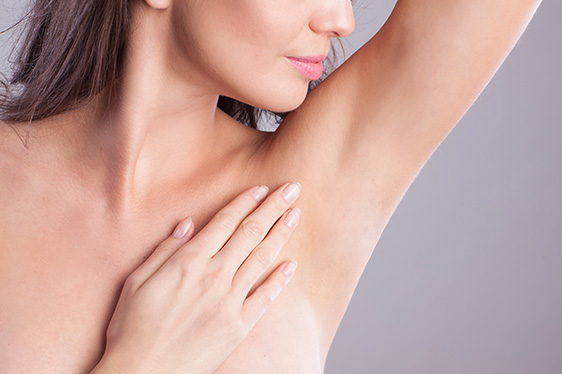
Liposuction is a great way to achieve the chiseled limbs you’ve been seeking. Dr. Bonnor will strategically remove unflattering pockets of fat to highlight the strength and aesthetic of your upper arms. Liposuction is a great way to supplement the hard-won gains of your healthy, active lifestyle.
Benefits
Dr. Bonnor’s body contouring procedures are all targeted to highlight your best features while emphasizing aesthetic balance in the body. In the case of the arms, liposuction will gently aspirate the excess fat that can accumulate at the biceps, triceps and shoulders. If you are already losing fat and gaining muscle, liposuction for the arms will enhance your appearance and showcase your arms.
Candidates
Ideal candidates for an arm liposuction procedure are otherwise healthy individuals who struggle with unwanted fat deposits in their upper body. At your personal consultation, Dr. Bonnor will determine if liposuction for the arms will help you achieve your aesthetic goals. Some patients may also require an arm lift to remove and contour any excess skin.
Dr. R. M. Bonnor M.DF.A.C.S is a double board certified surgeon who brings his expertise to the Houston community.
Schedule a consultation with Texas Surgical Arts. Call us at (281) 579-5638.
Preparation
Avoid any blood-thinning medications and supplements in the weeks leading up to your surgery as these can cause unforeseen complications on the operating table. We also recommend that you quit or temporarily abstain from smoking six weeks prior to surgery before undergoing liposuction. The better your fitness overall, the better your results will be.
Procedure
The day of your procedure, Dr. Bonnor or one of the medical professionals assisting him will map the contours of your arms with a medical marker.
After a general or local anesthesia is administered, the first step will be to bathe the target areas in tumescent fluid. This fluid will numb the area. It will also loosen stubborn clumps of fat cells for easier aspiration. Liposuction is performed with a thin metal wand, called a cannula.[1]
At the conclusion of your liposuction surgery, Dr. Bonnor closes the incisions and applies the appropriate bandages.
Recovery
You may be instructed to wear compression sleeves to help you through your recovery. These elastic garments are meant to hold the remaining skin and fat in place while the tender tissues heal. Most patients report that any pain or discomfort following liposuction is very well tolerated and easily managed with medication. Your pain medication should help you through any initial discomfort during your first week of recovery.
Avoid strenuous physical activity for the first several weeks of recovery. Follow Dr. Bonnor’s aftercare instructions and keep all follow-up appointments to ensure the best possible results.
How Do I Get The Best Results?
The get the most out of your arm liposuction procedure, weight and resistance exercises will build flattering muscle that will keep your upper arms looking firm and rejuvenated. Some patients complain of lax and sagging skin after their liposuction surgery. In these cases, Dr. Bonnor may recommend a brachioplasty.[2] An arm lift involves removing excess skin and tightening it around the trunk of the arm.
Complementary Procedures: Arm Lift (Brachioplasty)
A brachioplasty, or arm lift, is often performed in tandem with arm liposuction to enhance its results.[3] While liposuction is very effective at removing excess fat, the procedure does nothing to address the sagging skin that can be left behind. An arm lift is an excisional surgery that will remove lax skin from the upper arm.
Frequently Asked Questions (FAQ)
What Is the Difference Between Arm Liposuction and an Arm Lift?
An arm lift and arm liposuction are both cosmetic procedures to augment the appearance of the arms. In arm liposuction, excess fat is removed to sculpt the contours of the limbs. An arm lift targets loose, lax skin that can often hang from the triceps like a pair of “bat wings.” An arm lift will remove this skin and tighten what remains for a more appealing look. In other words, a brachioplasty is the “tummy tuck” of the arms.
Does arm liposuction leave loose skin?
Depending on the amount of fat that is removed from the target area, some patients may experience loose, sagging skin after their liposuction procedure. This outcome can be addressed with an arm lift surgery. An arm lift is also known as brachioplasty. It is the tummy tuck of the upper arm.
How long does recovery take for arm liposuction?
Most patients can expect to wear a compression sleeve for about three weeks after getting arm liposuction. Swelling can continue for up to three months. Downtime from arm liposuction is quite minimal, however. Many patients are cleared to return to work within a week of their procedure.
References
- Shridharani, S., Broyles, J., & Matarasso, A. (2014). Liposuction devices: technology update. Medical Devices: Evidence and Research, 241. doi: 10.2147/mder.s47322
- Najera, R. M., Asheld, W., Sayeed, S. M., & Glickman, L. T. (2011). Comparison of Seroma Formation following Abdominoplasty with or without Liposuction. Plastic and Reconstructive Surgery, 127(1), 417–422. doi: 10.1097/prs.0b013e3181f95763
- Seth, A. K., Lin, A. M., Austen, W. G., Gilman, R. H., Gallico, G. G., & Colwell, A. S. (2017). Impact of Patient Subtype and Surgical Variables on Abdominoplasty Outcomes. Plastic and Reconstructive Surgery, 140(5), 899–908. doi: 10.1097/prs.0000000000003816

